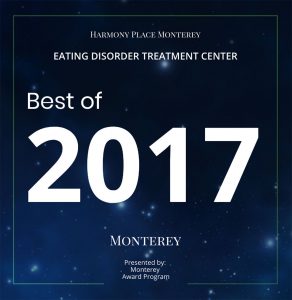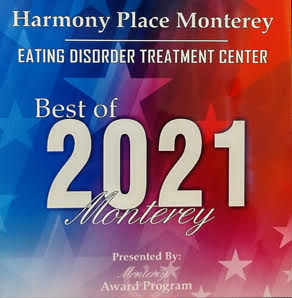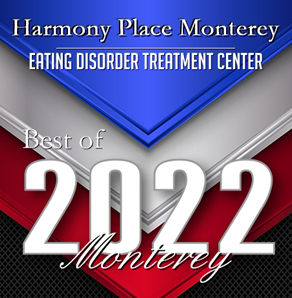Though eating disorders fall into a distinctive diagnostic category, they have elements in common with other addictive disorders. Harmony Place Monterey specializes in Eating Disorders Treatment.
Specifically, bingeing, purging and restricting typically escalate over time (as the person builds a tolerance to the behavior), so more is necessary to achieve the temporary “relief” that was originally pleasurable. Secrecy, minimization, and denial routinely increase as eating-disorder behavior escalates. The purging that occurs with bulimia may take multiple forms that include extensive, even dangerous levels of laxative and diuretic use, exercise that grows increasingly compulsive, and vomiting that can become habitual anytime food is consumed. Yet despite the dangers, the behavior continues, similar to an addict’s compulsive need to satisfy an addiction, despite loss of health, job, family, and possibly resulting in death.
Our experienced team of eating-disorder therapists works both individually and in group therapy to help our clients unmask key issues underlying eating-disorder symptoms and coach our clients to practice new life skills while in treatment.
-
- Finding the “Why”
- Inpatient Program
- General Education
- Anorexia
- Bulimia
- Binge Eating Disorder







